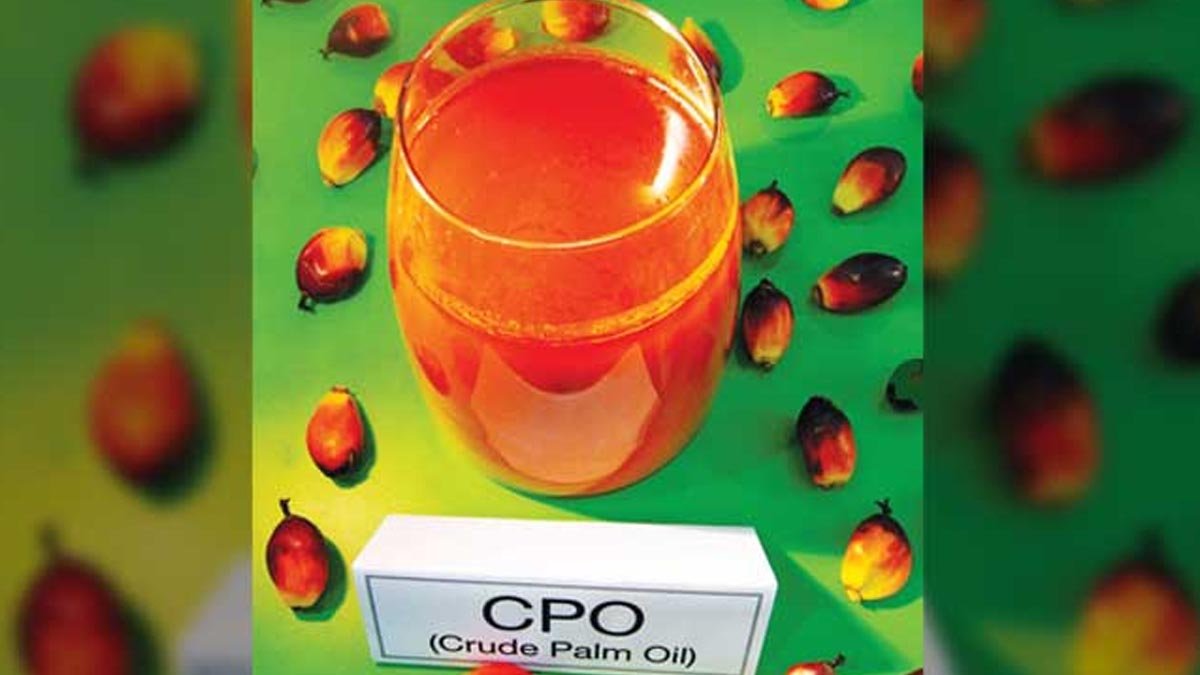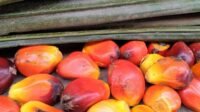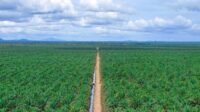PALMOILMAGAZINE, JAKARTA — Indonesia’s palm oil (CPO) and derivative product exports remain a key pillar of the country’s trade surplus. From January to June 2025, palm oil exports reached an impressive US$11.43 billion, surging 24.81% compared to the same period last year. This growth helped power the national trade surplus.
According to the Central Statistics Agency (BPS), Indonesia’s goods trade balance stayed firmly in positive territory, recording a US$19.48 billion surplus in the first half of the year — US$3.90 billion higher than in the same period of 2024. This marks 62 consecutive months of trade surpluses since May 2020.
“This surplus was primarily supported by non-oil and gas exports, which contributed US$23.81 billion to the positive balance,” said Pudji Ismartini, BPS Deputy for Distribution and Services Statistics, as quoted by Palmoilmagazine.com, Sunday (Aug 3). By contrast, the oil and gas sector posted an US$8.83 billion deficit.
Also Read: Turning Waste into Wealth: How Independent Palm Farmers Drive Sustainable Change
Overall, Indonesia’s exports stood at US$135.41 billion, while imports reached US$115.94 billion. Export performance rose 7.70% year-on-year, led by the manufacturing sector, which contributed US$107.60 billion — up 16.57% from last year.
Palm Oil Outpaces Coal
The surge in CPO exports placed palm oil among the top three non-oil and gas commodities by export value, alongside iron & steel (US$13.79 billion, up 9.79%) and coal (US$11.97 billion, down 21.09%). Together, these three commodities accounted for nearly 29% of total non-oil and gas exports.
Although coal exports saw a sharp drop, palm oil’s strong performance filled much of the gap — reaffirming CPO’s strategic role as a backbone of Indonesia’s exports amid volatile global commodity prices.
China, the United States, and India remained the top three non-oil and gas export destinations, absorbing 41.34% of Indonesia’s shipments in the first half of 2025. China led with US$29.31 billion (22.83%), dominated by iron and steel, mineral fuels, and nickel. The U.S. followed with US$14.79 billion (11.52%), while India — a key market for Indonesian CPO — accounted for US$8.97 billion (6.99%).
With palm oil exports on a strong upward trend and the manufacturing sector gaining momentum, the government is optimistic the trade surplus will be sustained through year-end. Still, heavy reliance on global markets calls for vigilance over price volatility and geopolitical risks.
The continued rise of CPO exports underscores the resilience of Indonesia’s palm oil industry in supporting the economy and safeguarding the trade balance. (P2)





































